Virginia Master Naturalist volunteers are multi-talented individuals whose accomplishments stretch well beyond their VMN volunteer activities. A mention of a VMN volunteer's book in a recent chapter newsletter piqued my curiosity. How many other VMN volunteers have published books? I put out a call to all VMN volunteers inviting them to submit information on their books for this newsletter, with the caveat that they be related to Virginia or natural resources or nature education in some way. Some of these books were inspired by volunteer service (for example, Tim Anderson's guide to Caledon State Park mammals was inspired by a camera trapping study he did at the park), while others were inspired through professional career activities or personal interests. Some are illustrated books for children, others are guidebooks or histories.
I recognize that there are likely more VMN-authored books out there that just didn't get on my radar screen, so if you are a current VMN volunteer who has published a book that relates in some way to Virginia or natural resources, please contact me with the book title, description, and image of the front cover.
--Michelle Prysby, VMN Program Director
I recognize that there are likely more VMN-authored books out there that just didn't get on my radar screen, so if you are a current VMN volunteer who has published a book that relates in some way to Virginia or natural resources, please contact me with the book title, description, and image of the front cover.
--Michelle Prysby, VMN Program Director
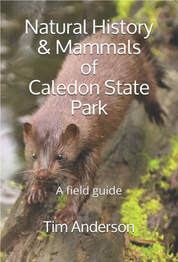
Natural History and Mammals of Caledon State Park: A Field Guide by Tim Anderson (VMN Central Rappahannock Chapter): A guide book of the natural history and mammals at Caledon State Park in King George County, Virginia. This guide provides information about the park and its habitats along with photographs of mammals found at Caledon State Park, and where to find these animals. Animal photographs, maps, historic drawings and plenty of information are included to learn and appreciate Caledon State Park. Published October 2020.
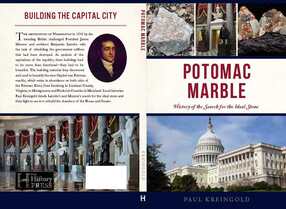
Potomac Marble - History of the Search for the Ideal Stone by Paul Kreingold (VMN Banshee Reeks Chapter): a history of architect Benjamin Latrobe’s search for a beautiful stone with which to rebuild the capitol after the British burning of August, 1814. The stone which was selected was Potomac Marble, a breccia limestone which is ubiquitous in Loudoun County, Virginia and Montgomery County Maryland. Included in the book is a geological discussion of Potomac Marble, methods of quarrying and, importantly, the role of the Potomac River in facilitating the development of Northern Virginia mining and agriculture. Published February 2023.

Through My Lens, a Glimpse of God's Magnificent Creation by William Moberly (VMN Fairfax Chapter): a book featuring photos of Virginia scenery and wildlife, coupled with religious scripture. Published February 2016.

Walking Washington, D.C. by Barbara J. Saffir (VMN Arlington Regional Chapter): a unique guidebook to Washington, D.C. that includes 30 treks to cultural icons, natural spectacles, urban treasures, and hidden gems. It includes nature such as Native American lotuses, black squirrels, an exposed earthquake fault, and visiting snowy owls. Published November 2015.
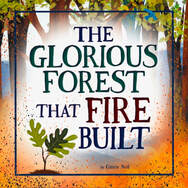
The Glorious Forest That Fire Built by Ginny Neil (VMN Alleghany Highlands Chapter): A wildfire roars through the forest, leaving nothing but ashes until seeds sprout from deep below. Root by root and seed by seed, the forest rises again. In this lyrical cumulative nonfiction story about forest succession, readers will learn that forest fires are critical to forest health and that the end of a tree's life provides the opportunity for new life. Back matter explains the timeline of the forest cycle in more detail. Published August 2023.
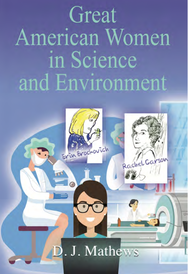
Great American Women in Science and Environment by D. J. Mathews (VMN New River Valley Chapter): A book for young adults to share stories of American women who have made a difference in a variety of scientific and environmental fields. Published July 2020.
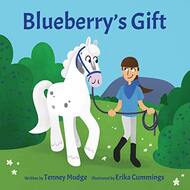
Blueberry's Gift by Tenney Mudge (VMN Alleghany Highlands Chapter), illustrated by Erika Cummings: Blueberry's Gift is the unlikely but true story of Blueberry, the Appaloosa pony and his journey to help make the world a better place. Through his hard work, calm strength and bright personality, Blueberry overcomes many challenges and achieves recognition as a nationally acclaimed therapy horse. Published October 2019.
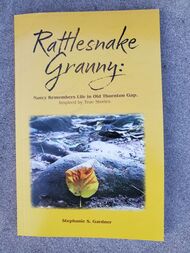
Rattlesnake Granny - Nancy Remembers Life in Old Thornton Gap, Inspired by True Stories by Stephanie Gardner (VMN Headwaters Chapter): A short historical fiction book set during the 1800s on land that is now part of Shenandoah National Park. The main characters are a rattlesnake catcher, a freedman, and a marble sculptor. Published January 2024.
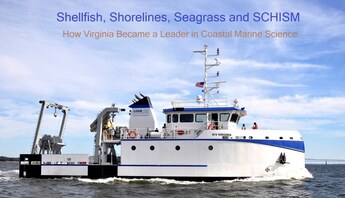
Shellfish, Shorelines, Seagrass and SCHISM, How Virginia Became a Leader in Coastal Marine Science by George Mapp (VMN Eastern Shore Chapter): This informal history of the Virginia Institute of Marine Science looks back at the lives of the many dedicated marine scientists, advisory personnel, and administrators who led the Commonwealth through difficult times: collapse of the oyster industry, James River toxic pesticide pollution, Chesapeake Bay water quality degradation, crab and striped bass population declines, and the current challenges brought about by climate change and sea level rise. Published October 2023.
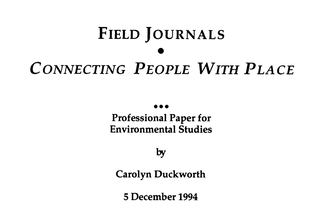
Field Journals - Connecting People with Place by Carolyn Duckworth (VMN Riverine Chapter): Master's Thesis published through the University of Montana investigating the what, why, and how of documenting observations in field journals. Published 1994.

Insights From a Butterfly Waystation: The Insects, Plants and the People Who Tend to Them by Jennifer Ambs (VMN Pocahontas Chapter) and the Volunteers and Friends of Bright Hope Butterfly Garden: A glimpse of some of the plants and insects that are part of the garden's multifaceted ecological community and insights into how butterfly conservation has influenced the volunteers and strengthened their position as environmental stewards. Published June 2021.
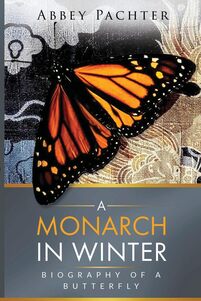
A Monarch in Winter: Biography of a Butterfly by Abbey Pachter (VMN Tidewater Chapter): In self-isolation from the dangers of a spreading illness, Abbey learns about the inner workings of a butterfly–what they eat, how they communicate, and what seems to bring them joy. This observation of life allows her to reflect on trends in evolution, medicine, and history. The echoes become apparent from her own life as a mother, a midwife, and a member of a broken society. Published October 2023.

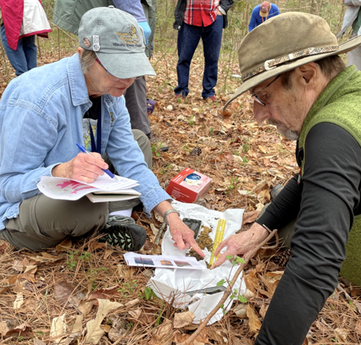

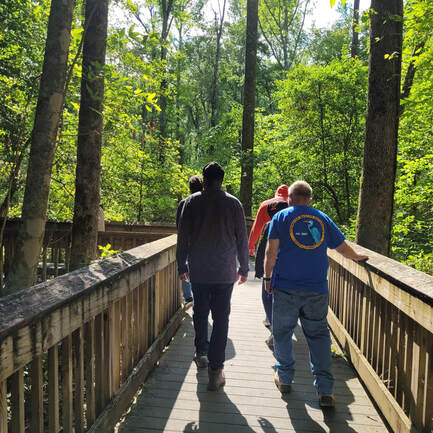
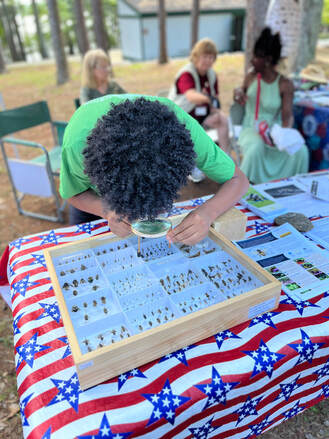
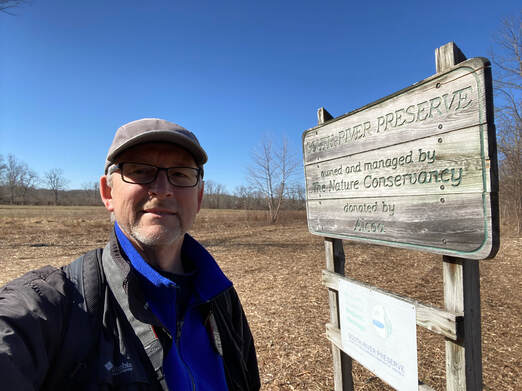


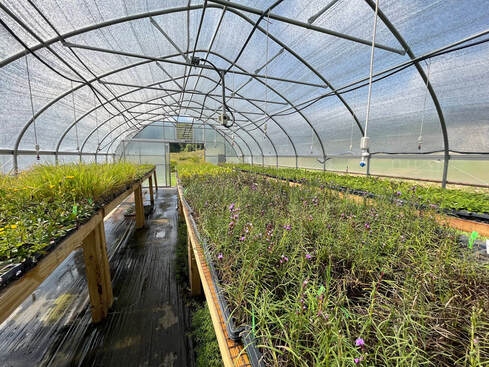
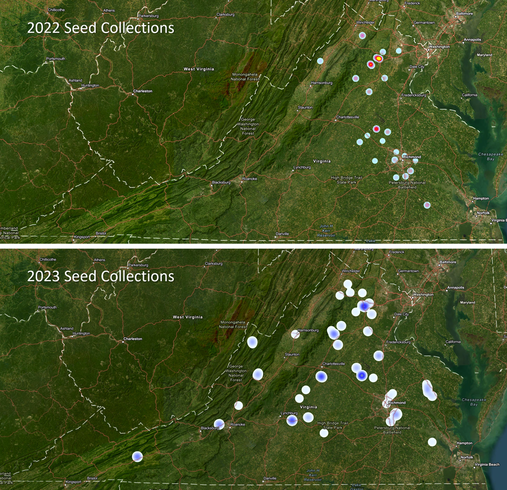
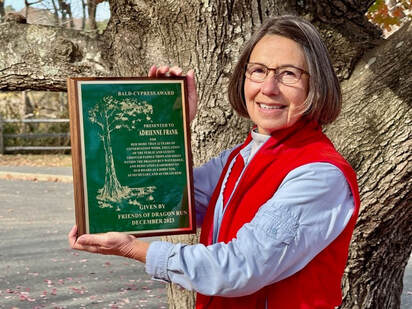


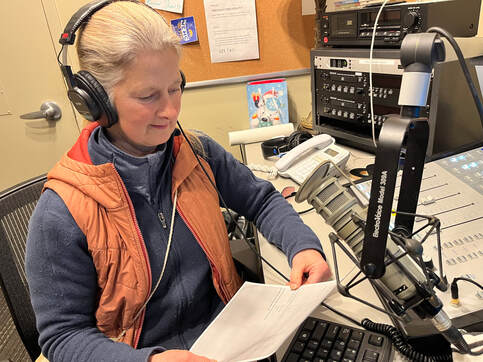
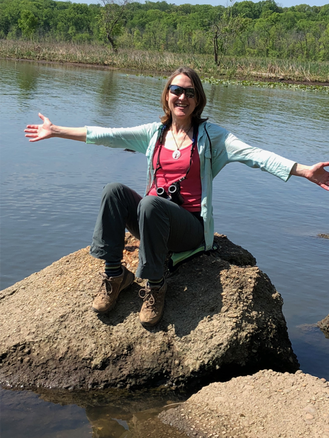
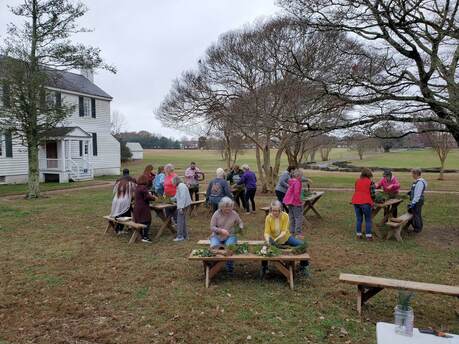
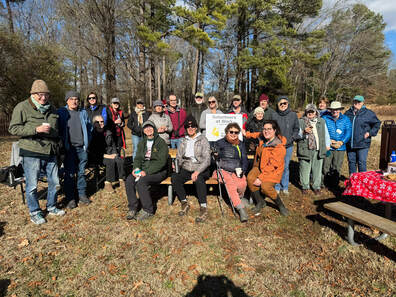
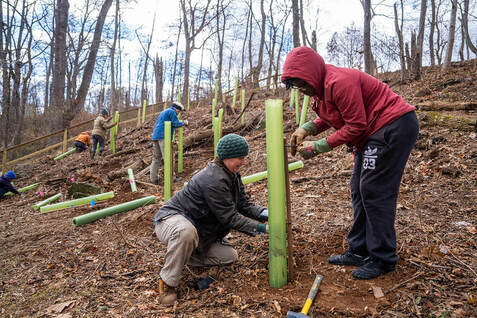

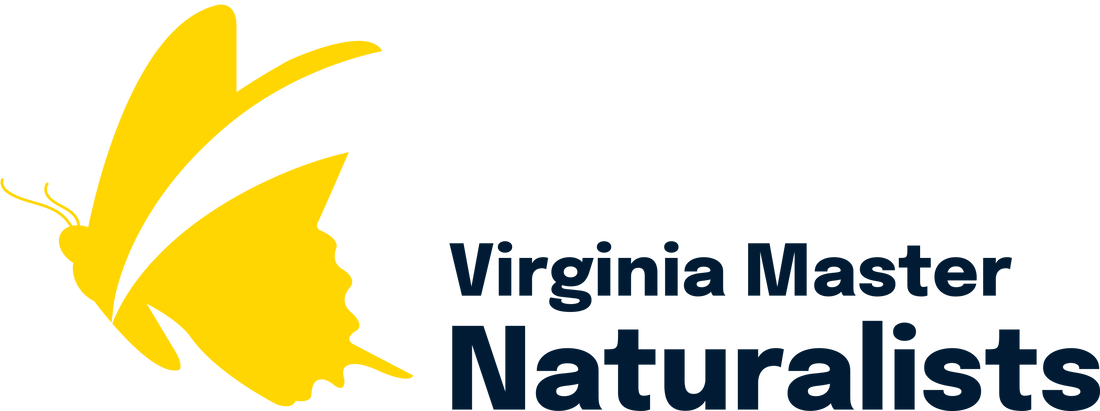
 RSS Feed
RSS Feed